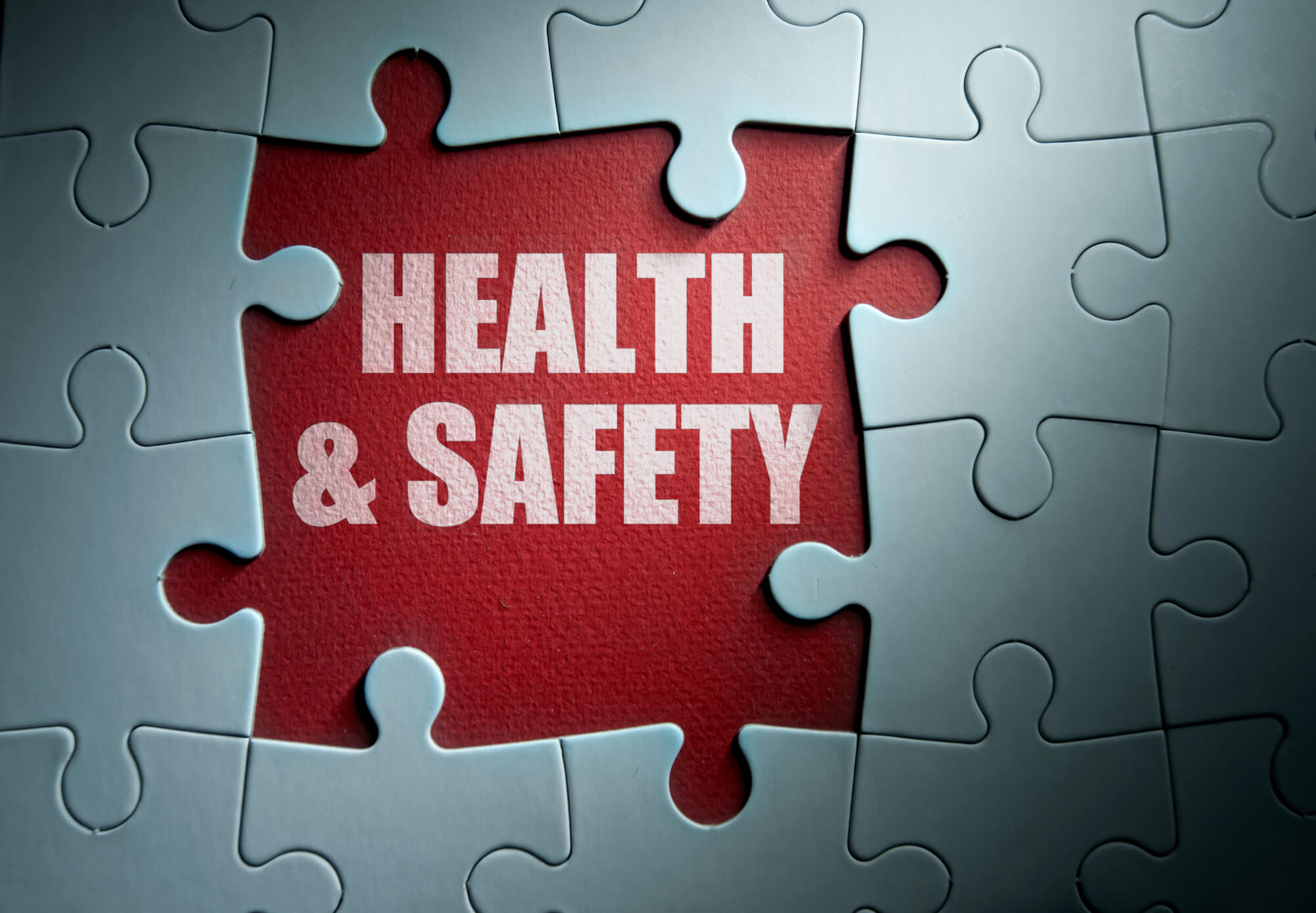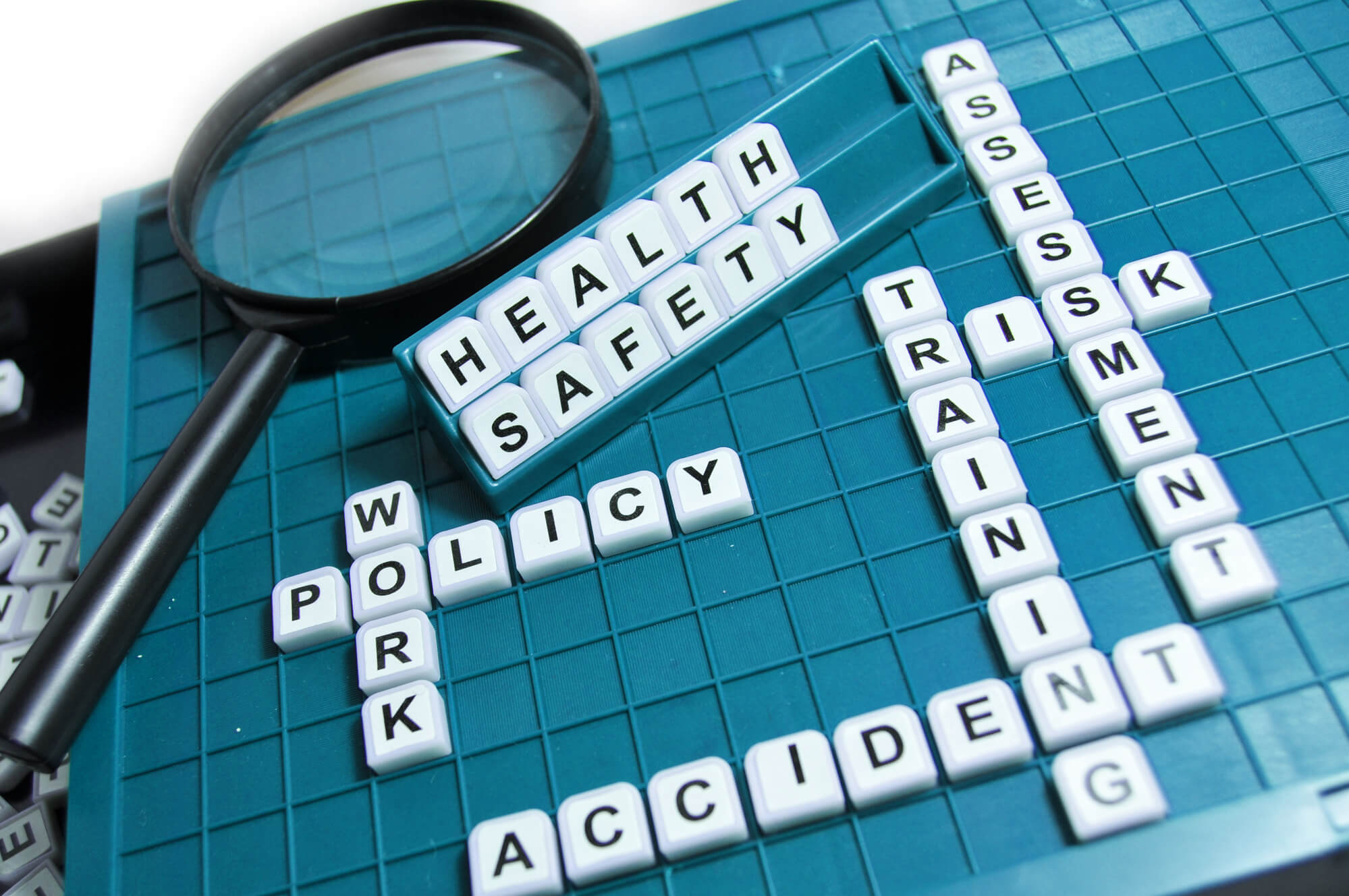In today's unpredictable world, emergency preparedness is crucial in various settings. This article focuses on the importance of Generic Emergency Evacuation Plans (GEEPs) and their role in ensuring safety during critical situations. We will explore the meaning and definition of GEEPs, their distinction from Personal Emergency Evacuation Plans (PEEPs), and their applicability in different settings. By understanding GEEPs, organisations and individuals can enhance their emergency response capabilities and protect lives and property.
Understanding the Generic Emergency Evacuation Plan (GEEP)
A Generic Emergency Evacuation Plan (GEEP) is a comprehensive strategy that outlines procedures, protocols, and responsibilities to facilitate safe evacuations in emergencies. Unlike Personal Emergency Evacuation Plans (PEEPs), which are tailored to individuals with specific needs, GEEPs provide a broader framework applicable to a wide range of occupants in workplaces, public buildings, educational institutions, and other settings.
Key Components of a Generic Emergency Evacuation Plan
Identifying Emergency Scenarios and Hazards:
- Assessing potential emergencies such as fires, natural disasters, chemical spills, or security threats.
- Identifying hazards specific to the location, such as flammable materials, structural weaknesses, or restricted access points.
Establishing Clear Evacuation Procedures and Protocols:
- Defining evacuation routes, ensuring they are clearly marked and unobstructed.
- Determining primary and secondary assembly points or safe areas for occupants to gather after evacuating.
- Specifying methods of communication and alert systems to notify occupants of the emergency and initiate the evacuation process.
Designating Assembly Points and Safe Areas:
- Identifying suitable assembly points at a safe distance from the building or potential hazards.
- Ensuring assembly points provide adequate space and are accessible to all occupants, including those with disabilities or impairments.
Communication Methods and Alert Systems:
- Implementing effective communication channels to disseminate emergency information and instructions to occupants.
- Utilising audible and visual alarm systems to ensure timely and clear notifications.
- Considering the needs of individuals with hearing or visual impairments by incorporating alternate methods of communication.
Roles and Responsibilities of Designated Personnel:
- Assigning specific roles and responsibilities to designated personnel, such as evacuation wardens, floor marshals, or first aid responders.
- Providing appropriate training to personnel to ensure they can effectively carry out their duties during emergencies.
Training Requirements for Employees and Occupants:
- Conducting regular training sessions to educate employees and occupants about the GEEP, evacuation procedures, and their roles during emergencies.
- Raising awareness about fire safety, emergency response protocols, and means of escape.
- Providing specific guidance to individuals with disabilities or impairments on the appropriate actions during an evacuation.

Developing a Generic Emergency Evacuation Plan
Conducting a Thorough Risk Assessment:
- Identifying potential hazards and evaluating their likelihood and potential impact.
- Assessing the vulnerabilities and unique needs of the occupants, including individuals with disabilities or impairments.
Engaging Stakeholders in the Planning Process:
- Key stakeholders, including employees, occupants, and management, are involved in developing the GEEP.
- Encouraging input and feedback to ensure that the plan is comprehensive and meets the needs of all occupants.
Establishing a Multidisciplinary Emergency Response Team:
- Creating an emergency response team comprising individuals from various departments or disciplines.
- Assigning team members specific responsibilities related to emergency preparedness, communication, and response coordination.
Creating Evacuation Maps and Signage:
- Developing clear and easily understandable evacuation maps that display evacuation routes, assembly points, and essential emergency information.
- Installing visible and well-placed signage throughout the facility to guide occupants towards exits and assembly points.
Documenting and Disseminating the GEEP:
- Compiling the GEEP in a written document that outlines all the procedures, protocols, and responsibilities.
- Ensuring the GEEP is readily accessible to all employees and occupants, either in printed or digital format.
- Regularly communicating the GEEP to new employees and conducting refresher training sessions to ensure ongoing awareness.
Implementation and Maintenance of a GEEP
Conducting Regular Drills and Exercises:
- Organising evacuation drills to practice the GEEP and familiarise employees and occupants with evacuation procedures.
- Evaluating the effectiveness of the drills and identifying areas for improvement.
- Conducting scenario-based exercises to test the response of designated personnel and enhance emergency preparedness.
Evaluating the Effectiveness of the GEEP:
- Regularly review and assess the GEEP to identify gaps, deficiencies, or changes in the built environment.
- Gathering feedback from employees and occupants to gain insights into their experiences and suggestions for improvement.
- Conducting post-incident evaluations to determine the effectiveness of the GEEP in real emergencies.
Addressing Lessons Learned and Making Necessary Updates:
- Incorporating lessons learned from drills, exercises, and incidents into the GEEP.
- Updating the GEEP to reflect changes in regulations, best practices, or the organisational structure.
- Ensuring that all employees and occupants are informed of any updates or revisions to the GEEP.
Ensuring Compliance with Regulations and Best Practices:
- Staying informed about local, national, and international regulations and standards related to emergency preparedness and evacuation.
- Incorporating these requirements into the GEEP to ensure compliance.
- Seeking guidance from relevant authorities, such as fire departments or health and safety agencies, to ensure adherence to best practices.
Providing Ongoing Training and Awareness:
- Conducting regular training sessions to educate employees and occupants about the GEEP and emergency response procedures.
- Raising awareness about fire safety, means of escape, and the importance of adhering to the GEEP.
- Encouraging employees and occupants to report any safety concerns or potential hazards that could impact the effectiveness of the GEEP.

GEEPs in Specific Settings
GEEPs in Workplaces:
- Considering the unique hazards and risks associated with specific industries and workplaces.
- Adapting the GEEP to address the specific needs of employees and occupants in different work environments.
- Collaborating with employers, safety committees, and health and safety representatives ensures the GEEP is comprehensive and relevant.
GEEPs in Public Buildings:
- Addressing the challenges of high-occupancy environments such as shopping malls, theatres, or sports arenas.
- Coordinating with building management, security personnel, and local authorities to develop effective GEEPs that prioritise the safety of large crowds.
GEEPs in Educational Institutions:
- Safeguarding students, staff, and visitors in schools, colleges, and universities.
- Collaborating with educators, administrators, and emergency response teams to develop age-appropriate GEEPs and conduct regular drills.
GEEPs in Healthcare Facilities:
- Ensuring the safe evacuation and protection of patients, staff, and visitors in hospitals, clinics, and care facilities.
- Adapting the GEEP to address the unique challenges posed by medical equipment, patient mobility, and the presence of individuals with specific medical needs.
Collaborating with Emergency Response Agencies
Building Relationships with Local Fire Departments, Emergency Services, and Authorities:
- Establishing connections with the relevant emergency response agencies in the area.
- Sharing information about the GEEP with these agencies ensures a coordinated response during emergencies.
- Seeking guidance and advice from these experts to enhance the effectiveness of the GEEP.
Coordinating Response Efforts and Sharing Information:
- Establishing clear lines of communication and protocols for sharing information during emergencies.
- Collaborating with emergency response agencies to align the GEEP with their response procedures and strategies.
- Conducting joint exercises and drills to enhance the coordination and effectiveness of response efforts.
Conducting Joint Drills and Exercises:
- Organising joint drills and exercises with emergency response agencies to simulate real emergency scenarios.
- Testing the interoperability of systems, communication channels, and response procedures.
- Evaluating the effectiveness of the GEEP in conjunction with the response efforts of emergency agencies.
Seeking Guidance and Advice from Experts in Emergency Management:
- Engaging with experts in emergency management, such as consultants or specialists in the field.
- Utilising their knowledge and experience to assess the GEEP, identify areas for improvement, and enhance overall emergency preparedness.
Continual Improvement and Adaptation
Regular Review and Evaluation of the GEEP:
- Conducting periodic reviews of the GEEP to assess its effectiveness and relevance.
- Identifying any gaps, deficiencies, or areas for improvement through thorough evaluations.
- Engaging employees and occupants in the review process to gather valuable feedback and insights.
Incorporating Feedback and Lessons Learned:
- Using feedback from employees, occupants, and emergency response exercises to enhance the GEEP.
- Addressing any identified issues or concerns raised by individuals who have experienced the GEEP during drills or real emergencies.
- Incorporating lessons learned from past incidents or near misses into the GEEP to improve its efficacy.
Adapting the GEEP to Changes in the Built Environment, Regulations, or Organisational Structure:
- Regularly updating the GEEP to reflect any changes in the physical layout of the facility or building.
- Ensuring compliance with updated regulations, codes, and emergency preparedness and evacuation standards.
- Adapting the GEEP to accommodate changes in organisational structure, such as new departments or employees.
Keeping Up-to-Date with Emerging Technologies and Best Practices:
- Staying informed about new technologies, systems, or equipment that can enhance emergency preparedness and response.
- Monitoring industry trends and best practices to incorporate innovative approaches into the GEEP.
- Attending conferences, workshops, or training sessions related to emergency management to stay updated on the latest developments.
Conclusion
A Generic Emergency Evacuation Plan (GEEP) is a comprehensive framework designed to ensure the safety of occupants during emergencies. Organisations can effectively respond to emergencies, minimise risks, and protect lives and property by understanding and implementing a well-developed GEEP. The development, implementation, and continual improvement of a GEEP require collaboration, regular review, training, and coordination with emergency response agencies. Prioritising the safety of employees, occupants, and visitors through a robust GEEP demonstrates a commitment to emergency preparedness and enhances overall safety in the workplace and other settings.
